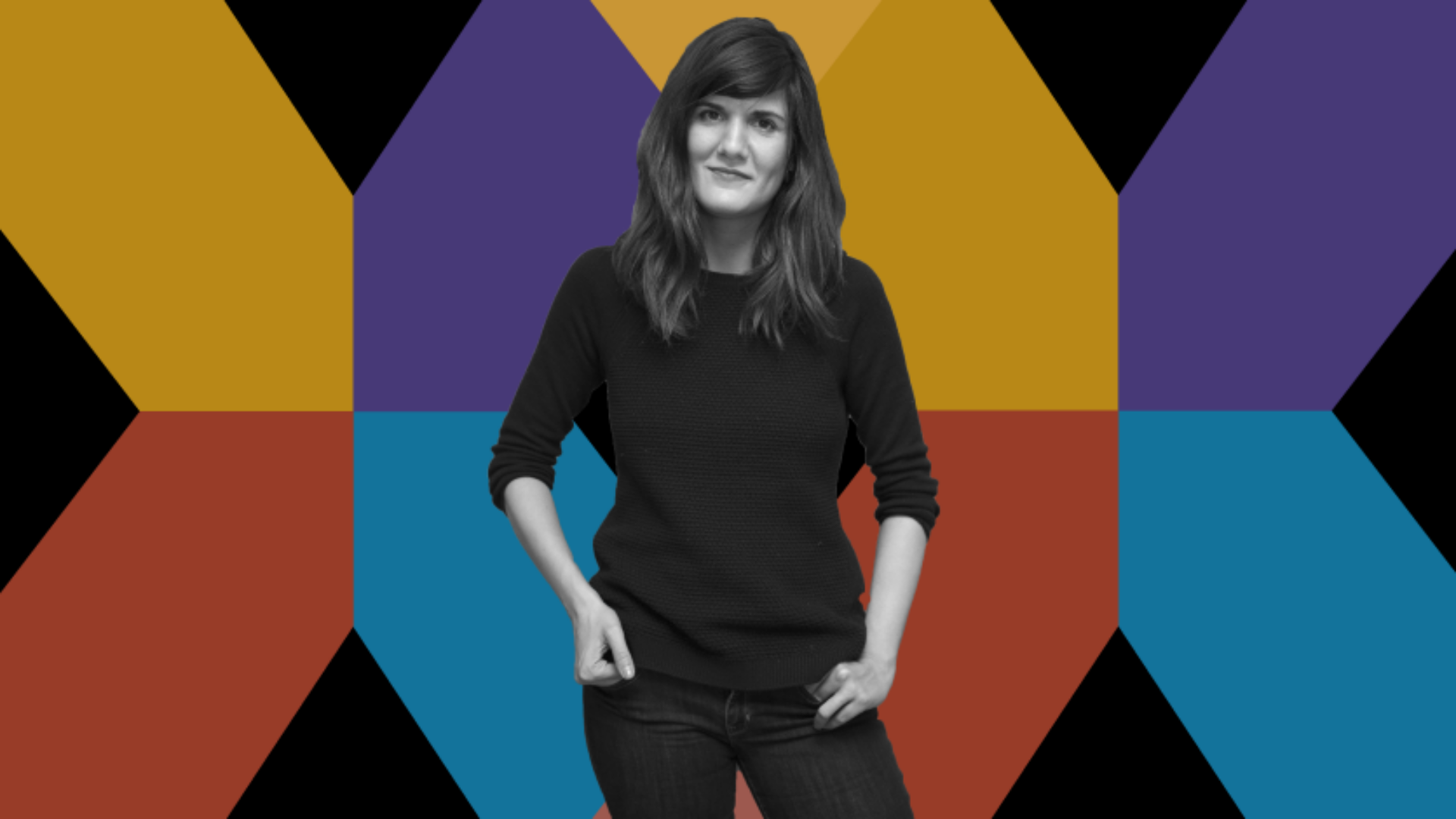SEGD 2021 Xlab Speaker Interview Svetlana Legetic

Read Time: 3 minutes
In anticipation of SEGD 2021 Xlab (January 27, 28, and 29), SEGD is interviewing some of the Xlab’s guest speakers. First up is Svetlana Legetic, CEO of Brightest Young Things and the Exactly agency. Legetic will be presenting during Xlab’s Session 1 “Endless Possibilities: Innovating Hybrid Experiences” on January 28.
During these times of Covid and quarantine—and closed exhibition spaces—museums and arts organizations have turned to virtual events to serve their communities and engage new audiences. What comes to mind when we hear “virtual event?” The phrase often suggests something fleeting or transitory. But Svetlana Legetic, the CEO of the creative consultancy Exactly, is working to change this (mis)perception.
“I hate to call these virtual events,” says Legetic. “You’re essentially making something that needs to compete with an hour’s worth of entertainment on Netflix or HBO—so call it a program. It’s one of the most visible things a museum can do to introduce itself to new audiences.”
Case in point: “Space Songs: Through the Distance,” a concert program which premiered on YouTube this past Spring and helped introduce new audiences to the Smithsonian’s National Air and Space Museum in ways that the physical museum cannot. The concert’s theme: the creativity and community found in distance and isolation, both in music and in spaceflight. The star-studded program featured performances by Sting, Clipping, Bethany Cosentino of Best Coast, Dan Deacon, Ben Gibbard of Death Cab for Cutie, Valerie June, Lukas Nelson, Grace Potter, John Roderick and Vagabon—all filmed within the artists’ homes.
“We looked at music and realized there are a lot of songs about space, but also about these universal themes—love and loss and isolation,” said Legetic, “So we created this program called ‘Space Songs’ intended as a moment for everyone to come together, to be inspired by the stories from the space flight community—and we ended up with this amazing line-up of people.”
Legetic and her team followed the success of “Space Songs” with an album titled Under Ancient Skies, a synthesis of music from Grammy award-winning musician and producer Diplo with original narration written by the staff of the Air and Space Museum and voiced by Hrishikesh Hirway.
“These are two examples of a very traditional institution doing something very different,” explained Legetic. “[The National Air and Space Museum] did something that, on the surface, doesn’t seem very academic, but is deeply academic. The album contains 40-plus minutes of academic content set against a background of music.”
Both programs—the concert and the album—fall under AirSpace, a satellite brand of the National Air and Space Museum that Legetic and her team helped create. AirSpace introduces the science of aviation and space exploration through arts and entertainment with content and experiential events that reach beyond the galleries and exhibitions.
“The goal is to try and continue to find unexpected formats that can serve not just as virtual events, but as digital projects for [the museum] to continue to capture and engage audiences during this time when they don’t have a physical space,” explains Legetic.
In addition to their work with the National Air and Space Museum, Legetic and her team also collaborated with the Smithsonian’s Pride Alliance this past May to create “Project Pride: Virtual Festival.” Project Pride celebrated the “coming out” of a new generation that wasn’t able to do so through traditional pride parades and other in-person events during this year of pandemic and quarantine. Legetic and Exactly also worked with the Smithsonian’s National Museum of American History on the digital exhibition Girlhood (It’s Complicated), again connecting audiences to the museum and to each other.
“Content and engagement are everyone’s goals. It doesn’t matter whether you’re an institution or a brand—or especially a legacy institution or brand, like the Smithsonian,” concluded Legetic. “Because of their massive goals, [legacy institutions] don’t always find the time and space for these deep engagement projects. That’s [Exactly’s] purpose: to find things that audiences will care about, always using culture as a tool, and then place them within conversations that might be unexpected.”